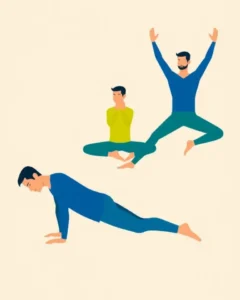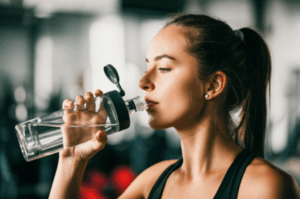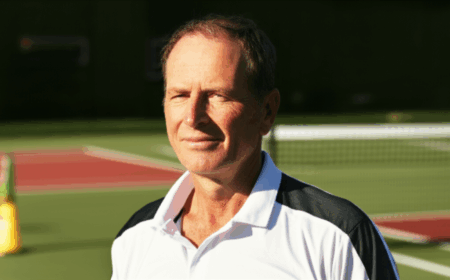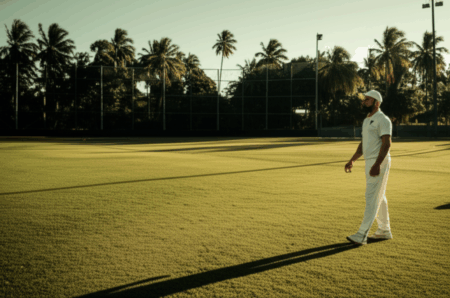LOS ANGELES, CA – Los Angeles Lakers star Luka Doncic is gracing the digital cover of Men’s Health’s August issue, showcasing a significantly leaner and more muscular physique after an intensive offseason training regimen. The five-time NBA All-Star’s transformation comes amid prior criticism regarding his conditioning, particularly following his midseason trade to the Lakers from the Dallas Mavericks earlier this year.
Doncic’s new look, widely dubbed “Luka 2.0” or “skinny Luka,” is the result of a dedicated effort to enhance his game and silence critics.
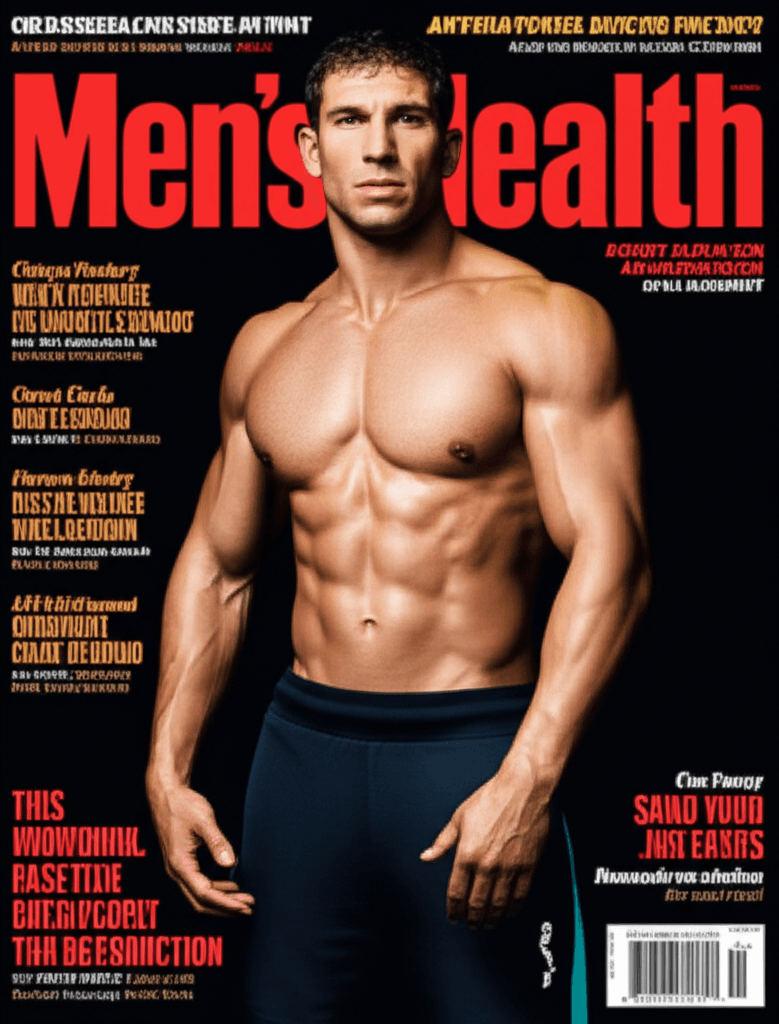
The Rigorous Offseason Regimen Behind Luka’s Transformation
The Men’s Health feature, titled “Luka Dončić 2.0 Has Entered the Chat,” details the comprehensive approach Luka Doncic took to rebuild his body over the past few months. This intense program was designed to take his physical capabilities to the next level for the upcoming NBA season.
Dietary Overhaul: Gluten-Free, Low-Sugar, High-Protein
A key component of Doncic’s transformation is a strict dietary regimen. He has adopted a gluten-free and low-sugar diet, while prioritizing a high protein intake, consuming at least 250 grams of protein daily. His meals are structured, often involving just two high-protein meals and one protein shake per day. Doncic has also incorporated intermittent fasting, with his eating window typically closing from 8:30 p.m. to 12 p.m. the following day. This nutritional strategy aims to reduce inflammation and optimize recovery.
Two-A-Day Workouts and Focused Training
Under the guidance of his personal “Team Luka” – comprising a physiotherapist, trainer, and nutritionist – Doncic has committed to working out twice a day. His mornings often begin with fasted 90-minute sessions that blend weight training, agility drills, and court shooting.
The training emphasis this summer has been on eccentric force, focusing on movements that improve his ability to slow down, stop, and control his body, rather than just raw speed or jumping. His workouts include a variety of exercises such as trap-bar deadlifts, landmine overhead presses, dumbbell bench presses, lateral bounds, resistance band exercises, sprints, and hurdle work. Each session concludes with basketball-specific training to maintain his court skills.
Interestingly, Doncic also took a full-month break from basketball in May to allow his body to fully recover, a decision he was initially hesitant about but ultimately embraced. During this period, he engaged in other footwork-heavy sports like pickleball and padel, which helped improve his balance, reduce joint stress, and build lower-body strength.
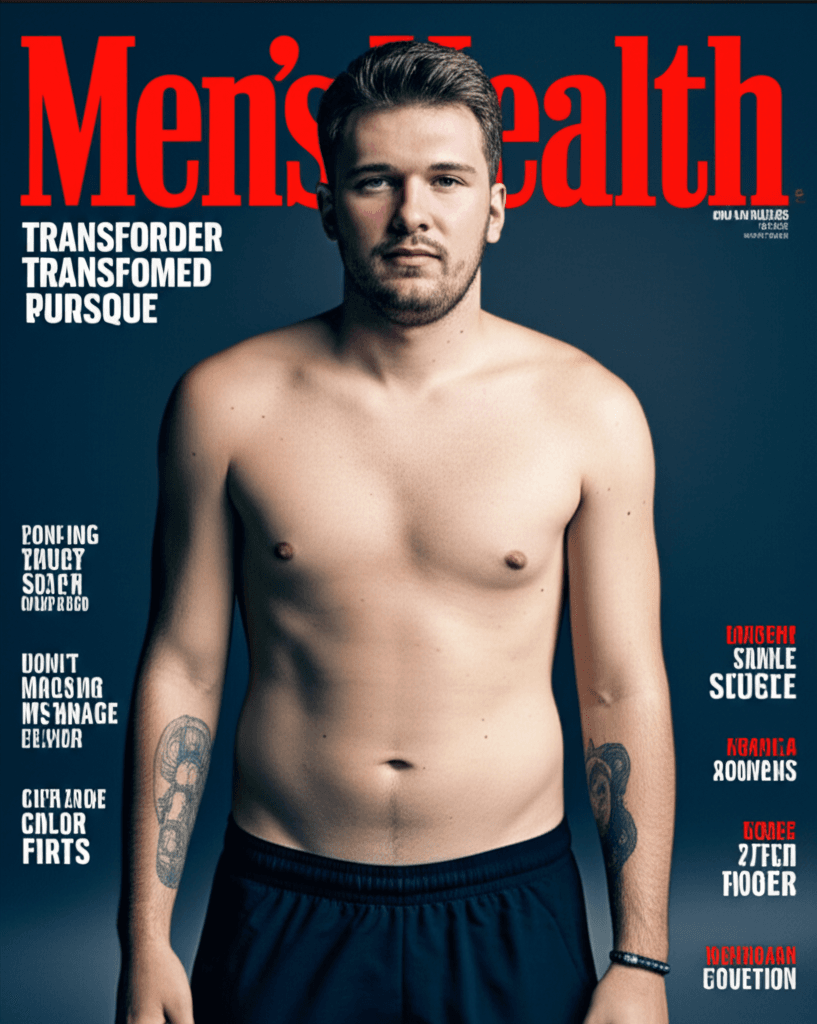
Motivation and Impact of the Transformation
Doncic’s commitment to this rigorous program was fueled by criticism he received regarding his conditioning. Following his midseason trade to the Lakers, pundits and team executives raised concerns about his weight and fitness. Some even suggested he could learn from LeBron James’ dedication to physical maintenance. The disappointing end to the Lakers’ playoff run against the Minnesota Timberwolves also served as a strong motivator for his offseason efforts.
Doncic himself has expressed satisfaction with the visible changes, stating, “Just visually, I would say my whole body looks better.” Beyond aesthetics, the transformation aims to match his immense basketball talent with a corresponding fitness level.
Fans have reacted enthusiastically to his new look, with many calling it a “revenge body.” This physical overhaul is seen by many as a clear message from Doncic to his critics, aiming to prove wrong those who labeled him “lazy” or “out of shape.”
Luka Doncic’s dedication to his new regimen signifies a mature understanding of the consistent habits needed for lasting change in professional sports. As he heads into what will be his first full season with the Lakers, the basketball world will be keenly watching to see how “Luka 2.0” translates his enhanced preparation and professionalism into championship-caliber performance on the court. Doncic has emphasized his commitment, stating, “If I stop now, it was all for nothing,” and “This is just the start, you know. I need to keep going. Can’t stop.”

